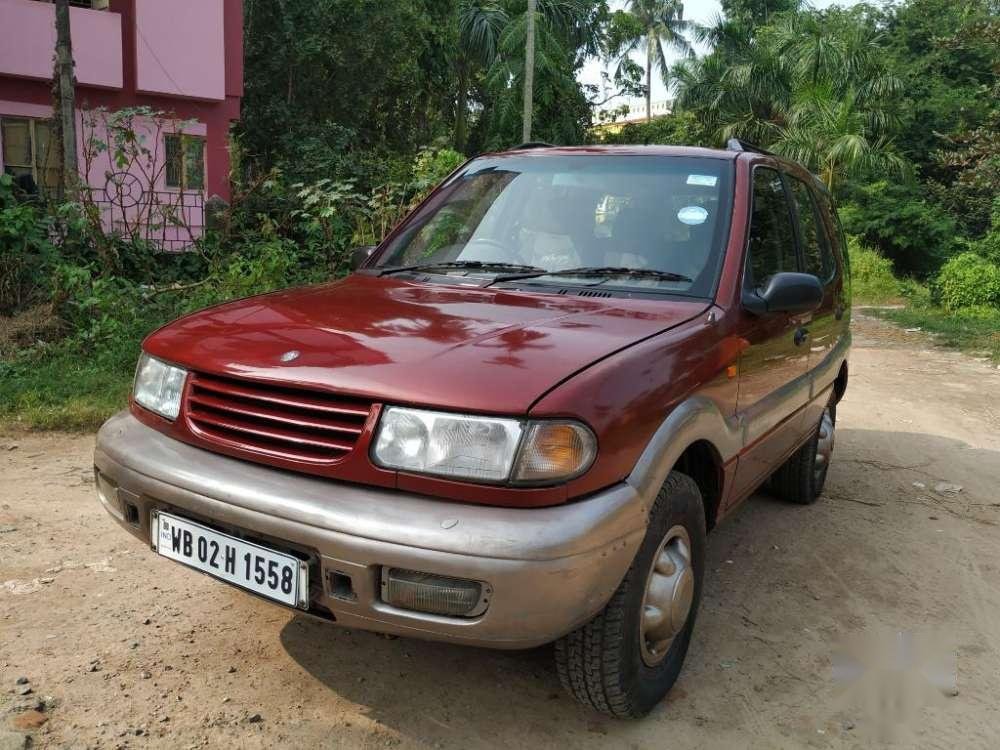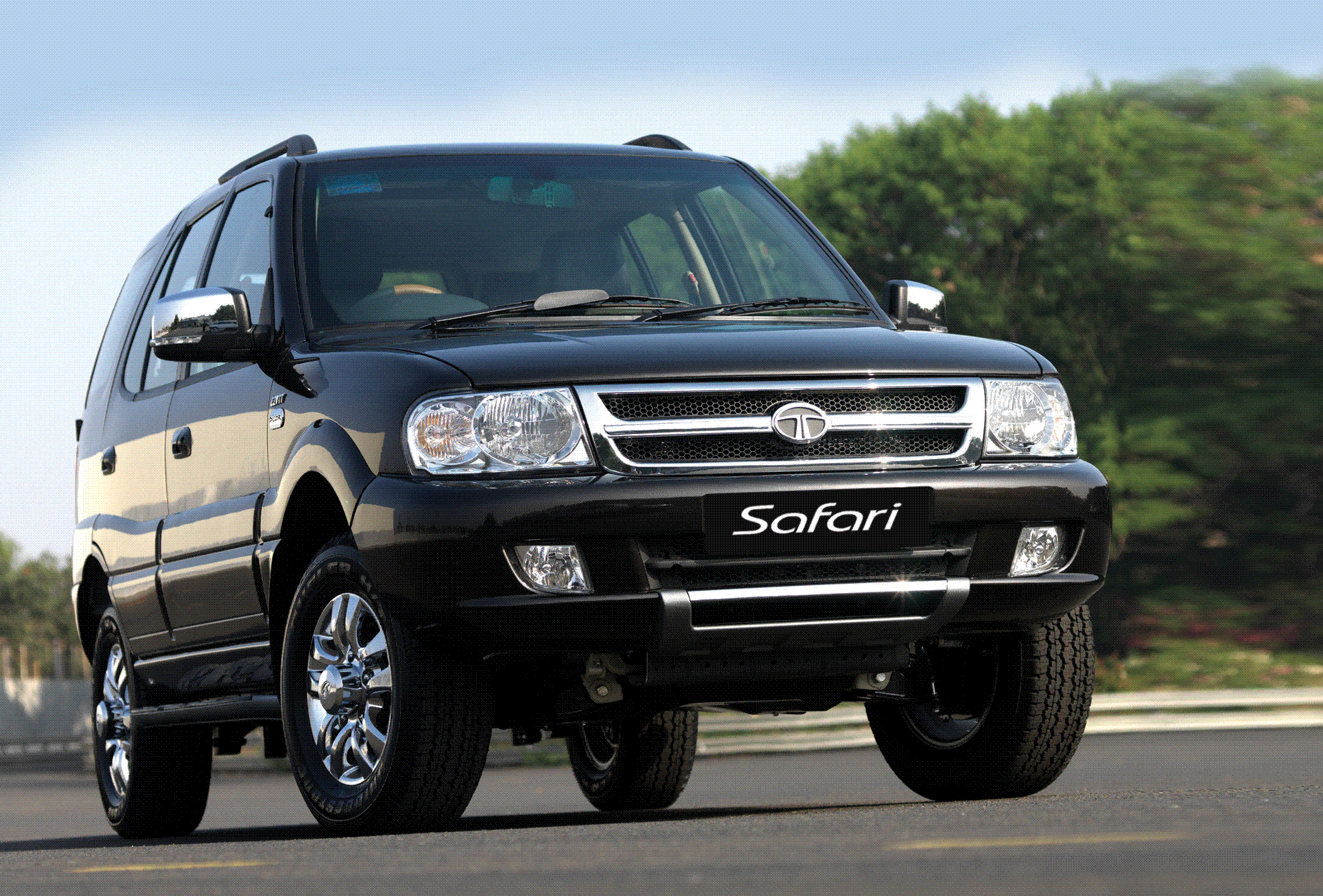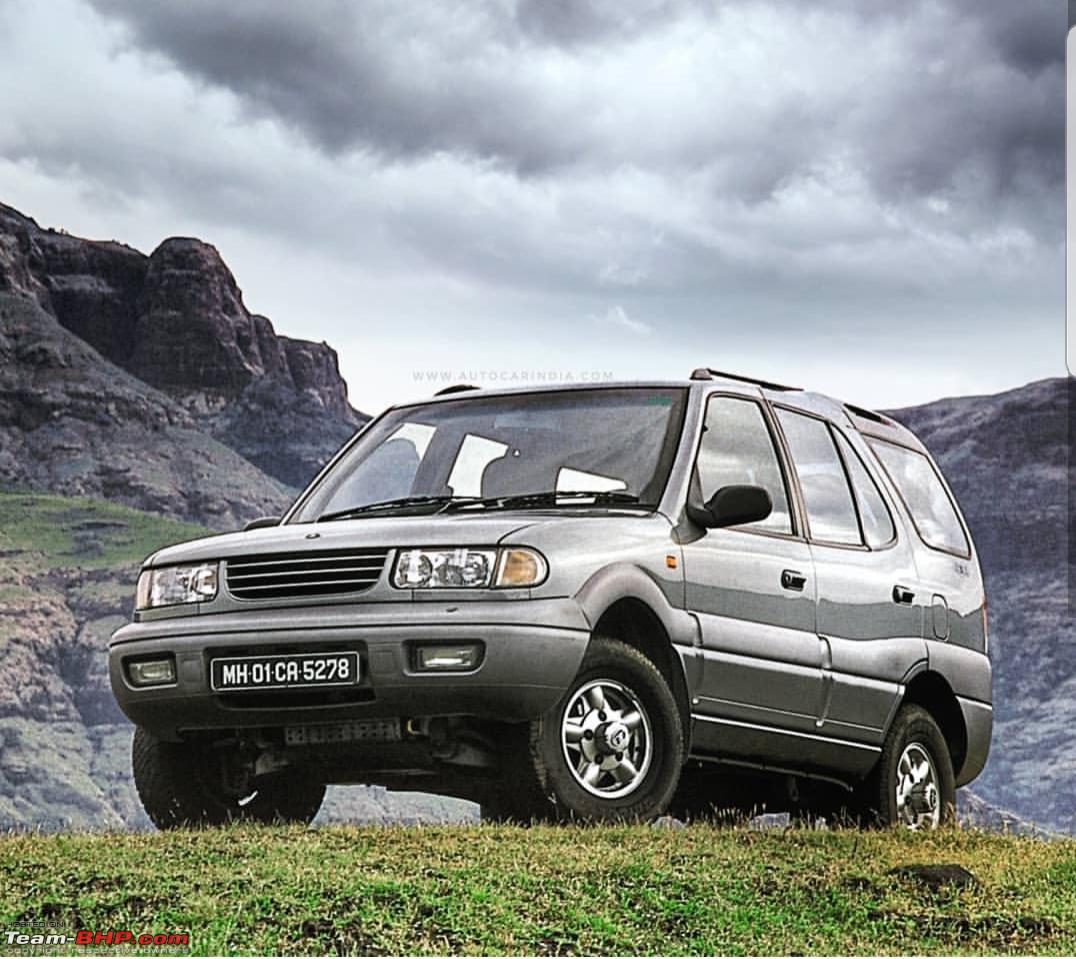

The 3.0 Dicor engine (acronym for Direct injection common rail) is the first direct injection diesel engine fitted by the Indian company, a modern four-cylinder engine (derived from a Mercedes-Benz commercial unit), with common rail injection and sixteen valve distribution. Is a straight-4 naturally aspirated developed by Tata Motors and AVL delivering 135 horsepower. With the Euro 3 standard power was reduced to 87 horsepower.Ī 2.1 litre 16V petrol engine was added in 2003.


TATA SAFARI OLD LICENSE
The engine is derived from the Peugeot XD88 unit built under license by Tata in India and used by Tata Telcoline and Sierra. The engine of the first version was a 2.0-litre four-cylinder diesel (1948 cc effective), equipped with indirect injection and KKK turbocharger with two valves per cylinder distribution capable of delivering 92 horsepower Euro 2.
TATA SAFARI OLD FULL
The braking system is the anti-accumulation system ABS brakes plus electronic brake force distribution EBD from the second series called EX2 (the first series, EX version was not equipped with ABS-EBD and fitted full brake discs, not self-ventilating). The front brakes are a ventilated disc combined to the rear which is a self-adjusting drum. The front suspension is a double swinging trapezium and torsion bar, while a rigid bridge system with five pulling arms and coil springs has been adopted at the rear.
TATA SAFARI OLD MANUAL
The Safari uses Telcoline's Tata X2 body-on-frame platform with a redesigned and strengthened rear axle to adapt it to off-road use with part-time all-wheel drive (rear-wheel drive with the option of traction in off-road situations only) with grafting system an electric control up to 60 km/h (37 mph), self-locking rear differential and manual block front hubs, then eliminated in favor of the fully automatic solution). In 2010 an aesthetic facelift introduced a new chrome grille, new interior trim, new interior instrumentation with wood inserts for the central console and new body colours. The updated model went on sale during Spring 2007. The 2.2-litre engine was Euro 4 compliant and replaced the previous unit in European markets while in India, the 3.0-litre engine remained in production.
TATA SAFARI OLD UPDATE
In December 2006, at the Bologna Motor Show, a further update saw the adoption of the 2.2-litre Dicor diesel common rail engine from the PSA Group and revisited with AVL support. The 3,0 litre derived from a commercial Mercedes-Benz engine used in Tata 407 then upgraded. The engine adopted by the 2005 version was the new 3.0-litre four-cylinder diesel common rail Dicor with 116 PS (85 kW 114 hp) at 3000 rpm and 300 N⋅m (221 lb⋅ft 31 kg⋅m) of torque between 16 rpm. New Borg Warner transmission unit and revised braking system. In 2017, Tata announced that the Safari Dicor was phased out with the Safari Storme being the only model remaining on sale, until that, too, was discontinued in 2019.ĭuring the commercial life of the model, various aesthetic and mechanical updates were presented: in 2005 an important facelift was presented that saw the adoption of a new bumper shield, new optical groups and chrome grille, new interior and rear redesigned with graphics of the unpublished lights. The weighs of the vehicle is 1,920 kg (4,230 lb) kerb for the 2WD version, adding an extra 110 kg (240 lb) for the 4WD variant. The Safari is 4.65 meters long from one bumper to the other but the presence of the outer spare wheel increases the size up to 4.81 meters. In reality, the car was also designed for road use. The name Safari was adopted to emphasize the supposed off-road qualities of the vehicle. Compared to the Indian model, the European Safari presented some changes in particular accessories to meet the needs of European customers, the bumpers were different in colour compared to the rest of the bodywork. It came with a synchromesh forward five-speed manual gearbox, with a 4WD option and 235/75x15 tyres. The Safari is powered by the same engine used in the Tata Telcoline, a 2.0-litre Peugeot XD88 turbodiesel unit with 87 PS (64 kW) power. Exports to Europe took place during the same year, with sales in the UK in 1999. The Tata range in the nineties saw the expansion into new markets with newer models such as the Indica city car and the Safari. The first-generation Safari was presented in 1998 in India.


 0 kommentar(er)
0 kommentar(er)
